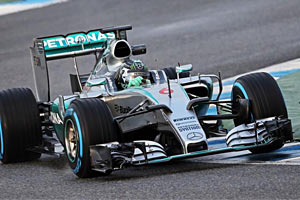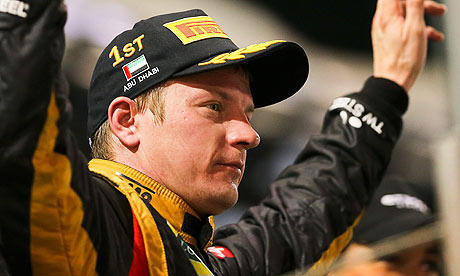
I am probably out of my breadth here, apologies if this is totally wrong; but can it be that the hollow rim acts like an additional hydraulic spring/damper combination?
I am assuming that the rims are hollow all the way to the end, in that case their volume could be, say, 5% of the total tire volume. That's small but it is in a separate chamber. Sure it is connected to the main chamber, but the connections are relatively small holes and the path to fill the chamber tortuous with 90 degree bends and narrow passages. (The damper analogy is probably a terrible one, I'd imagine the energy dissipation through the tortuous path to be very small compared to the heavy deformable rubber that is the tire itself).
While the inside of the tire is a well interconnected chamber, where circulation is free and pressure equalization must be quite fast, the air might take 1/100th or 2/100th of a second to do so in the rim chamber.
Could this act like a small hydraulic spring in series to the hydraulic spring that the tire naturally is? Would it matter? The pressures would be similar at all times, so do two similar springs in series behave differently to a larger spring?
In any case it appears to me that by the mere delay of air (and pressure waves) flowing in and out of this chamber, this could help reduce pressure spikes in the tire (both high and low) and also that it would help break down any possible resonances; as if the tire is resonating, the rim will be off phase by its small delay (would its smaller volume also change the frequency?).
Rivals, not enemies.




